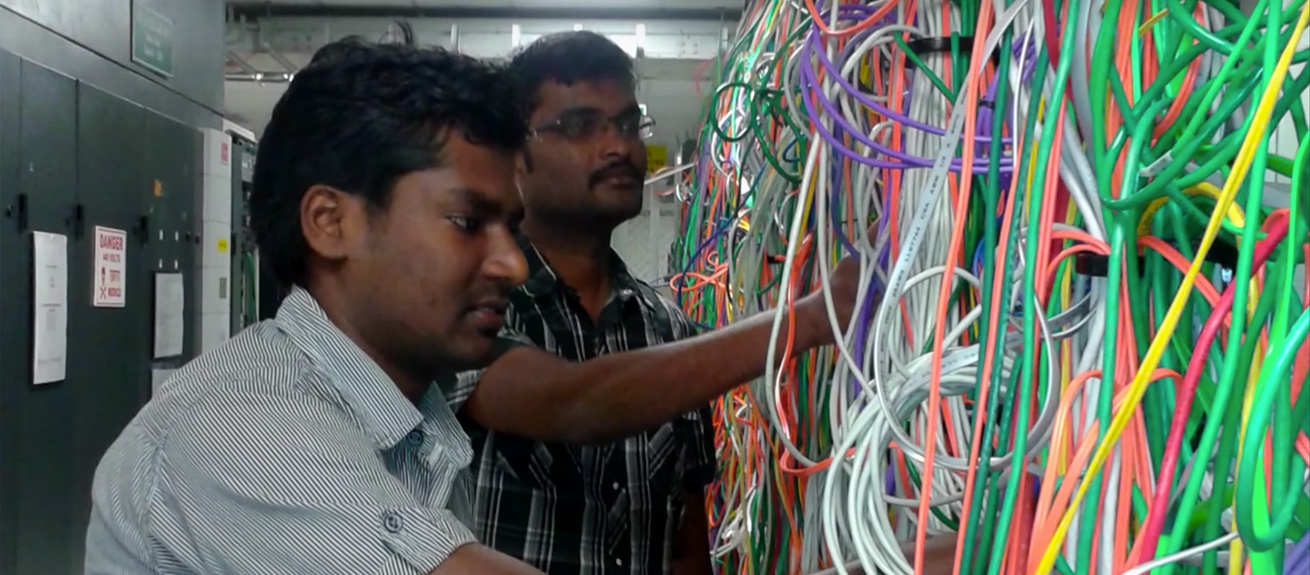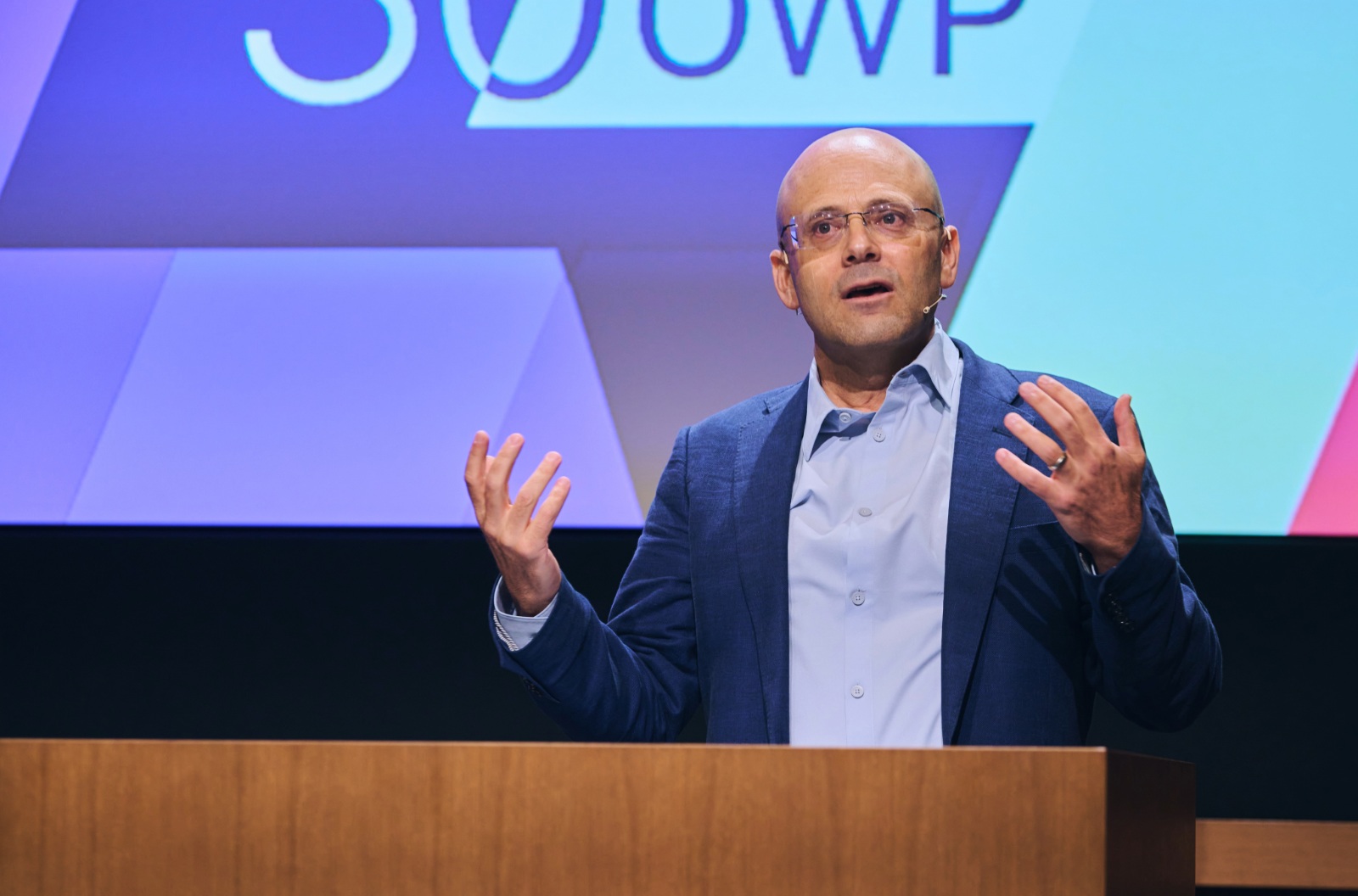At a glance
• Multinational companies (MNCs) need to innovate in emerging markets to capture unique opportunities.
• Trying to innovate without a supportive, local ecosystem is a formidable task.
• Cisco India decided to take on the challenge of developing a new router from scratch.
• The product development journey, from idea to launch, offers insights into creating new markets.
Since 2000, the global R&D landscape has evolved to the point that emerging countries have advanced from being low-cost manufacturing bases to become R&D innovation hubs. Indeed, China and India now account for 20% of R&D spending worldwide. Given their global scope, MNCs are increasingly playing a dominant role in driving R&D activities in emerging countries.
Telecom equipment manufacturer Cisco Systems, Inc. is a case in point. Its R&D center in Bangalore, India was established in 1996 as an offshore unit and operated as an extended workbench supporting the activities of the US-based R&D headquarters (HQ). Over the years, it enhanced its internal capabilities through continuous learning via technology and knowledge transfer from the HQ. In a strategic move toward greater globalization, top management selected the Indian site to take on a bigger role as its Globalization Center East, making it the company’s second largest R&D center in the world (after the US). The center’s mandate was to develop products from concept to completion for India and similar emerging markets. The new product development team had to address three critical issues: How could it define the right product to address the specific needs of telecom network customers in the domestic market? How could it build the business case for approval in the absence of data? How could it compensate for the significant capability gaps in the Indian ecosystem?
The broader issue
The drive for global competitiveness forces firms to reconsider the configuration of their R&D networks, or the location of particular processes in their innovation value chain. With emerging markets increasingly moving to the core of MNCs’ global business strategy, the first question these companies tend to ask is, “Why should we innovate to enter or capture these markets? We have a proven product – all we need to do is find the correct market segment.”
The reasons for not embarking on local innovation are many: additional costs, uncertain outcomes, questionable returns and the possibility of losing intellectual property. However, this export-oriented business model brings limited growth, even as issues such as lack of product–market fit, price mismatch and low-cost local competition become evident. In response, MNCs typically embark on customization – stripping down existing products in terms of value and cost – in an effort to adapt to local needs. But they soon realize that this is not enough to achieve their wider objective of creating a new market. So it becomes essential to crack the code to local innovation.
For Cisco, the potential in the Indian telecom industry was huge. The market grew over 20 times in just 10 years, from 28.5 million subscribers in 2000 to over 621 million in 2010. It made sense to build telecom products in India because capital expenditure on telecom was increasing by 15% per year in the developing world, i.e. double the growth rate of the developed world. The India R&D team identified a backhaul router as the ideal product to meet the needs of the local market. If successful, the new router would become the first ever product developed end-to-end in the country; not only would it help Cisco win competitive advantage in India, but it could also be leveraged in other emerging markets.
Unique complexities in emerging markets
While regulatory systems, market research firms, credit rating systems, legal recourse, and the like facilitate the creation of markets, many of these crucial intermediaries are either underdeveloped or completely absent in emerging markets, resulting in significant “institutional voids.” These gaps have traditionally made it difficult for MNCs to succeed and, as a result, many companies have resisted investing in developing countries. Furthermore, the Indian ecosystem was not fully mature in terms of technology partners and the skills required. The Cisco India R&D team required local capabilities such as tier-1 chip vendors, senior engineering talent in specific areas, labs for testing and certifying telecom-grade equipment to global standards, manufacturing capabilities for complex hardware, and so on. Unfortunately, these were largely lacking.
Against this backdrop, the India team had to obtain buy-in from the San José HQ, which would have to take a leap of faith and allocate financial resources that could be better utilized elsewhere. It was clear that the return on investment would be negative in the short term. Another consideration was whether the product could be used in other markets. And, most importantly, if the innovation failed, this would deal a severe blow to Cisco’s R&D decentralization strategy. For the India team members, securing support from HQ and the new router’s success or failure had the potential to make or break their careers and credibility in the company. The stakes were high on both sides!
Bootstrapping for innovation
After securing HQ approval, Cisco India received initial funding to set up a new business unit called Emerging Country Solutions and Services. To jump-start the innovation process, two critical skill gaps for product development at the India R&D center were filled. First, an experienced senior technology architect from the US was relocated to India and, second, a Cisco India veteran extremely familiar with the local telecom industry was allocated to the team. The team toured the country over six months, meeting the major mobile network operators to identify a common set of requirements to guide the new product development. The questions guiding them were, “What are the pain points? Will it appeal to a big enough market? Is the timing right? Can the opportunity be exploited for the long term?” Specific product requirements surfaced – low cost, power efficient and able to simultaneously support legacy 2G networks as well as the latest 4G/LTE networks. Such an offering did not exist in the market at the time.
The team started developing a mobile backhaul cell site router for mobile network operators; this product/category was relevant for the local market and also filled a gap in the company’s product portfolio. After product conceptualization, the prototype development phase started, which required significant scaling up of resources. With limited funding, the team used multiple approaches to circumvent the challenges:
- In-house development of key technologies: Particular domain expertise gaps, for example in advanced routing protocols and features embodied in Cisco’s proprietary Internet Operating System, were bridged by borrowing senior engineers from other business units.
- Co-development with suppliers: Most global component suppliers did not have a significant presence in India. Cisco’s HQ convinced global suppliers to move some key personnel to their respective India offices. This helped to plug the gap in the silicon hardware ecosystem capability.
- Engagement with engineering services partners: To defer costs during the development phase, a “risk-and-reward” revenue-sharing model was devised. This meant that the engineering services partner would receive a percentage of the revenue derived from future sales of the product. The partners thus had their “skin in the game” and developed deeper, committed relationships with the Cisco team.
Cisco employees and engineers from the partner organization worked in a common workspace, where hierarchy was kept to a minimum. This set-up facilitated rapid learning and quick resolution of issues through joint problem solving. With a working prototype in place, the product started to attract increased attention from the sales and marketing departments. The active engagement of these customer-facing groups facilitated a greater product–market fit.
Did it work?
Cisco India’s launch of the ASR 901 (Advanced Services Router) in September 2011 marked an important milestone in the evolution of company R&D in India. The ASR 901 was the first product conceived, developed and launched entirely by India. Cisco management was pleasantly surprised when the first customers to commit to the product turned out to be from developed countries, even though the ASR 901 had been designed for telecom operators in emerging markets. Within 10 months of launch, several variants of ASR 901 were sold to over 100 customers in 46 countries.
Takeaways
Cisco India’s product innovation journey reveals three key insights for MNCs that are looking to innovate in emerging markets:
- Subsidiaries and headquarters have to co-drive innovation in emerging markets. A top-down approach will no longer work. The availability of a large pool of engineering talent and low costs are not the key drivers of R&D in emerging markets anymore. With technological advances and growing capabilities, subsidiary R&D units are taking on an entrepreneurial role, thereby driving R&D hand-in-hand with HQ.
- Co-creation of a new genre of innovation with suppliers, customers and technology partners makes it possible not only to meet local market needs but also to match global standards. With limited resources, local R&D has to move forward by bootstrapping, particularly in the initial phase; the ability to harness resources through internal and external partnerships is key.
- Innovate locally, leverage globally is the new mantra for R&D in emerging markets. This will allow the creation of new markets at scale and make the business case for future R&D initiatives.
THIS ARTICLE IS BASED ON THE TWO-PART IMD CASE SERIES IMD-7-1657 AND IMD-7-1658, 2015 BY SRIVARDHINI JHA (CGIAR/MCCHE), RISHIKESHA KRISHNAN (IIM), CHARLES DHANARAJ (IMD) AND IVY BUCHE (IMD): AVAILABLE FROM THE CASE CENTRE AT WWW.THECASECENTRE.ORG.








